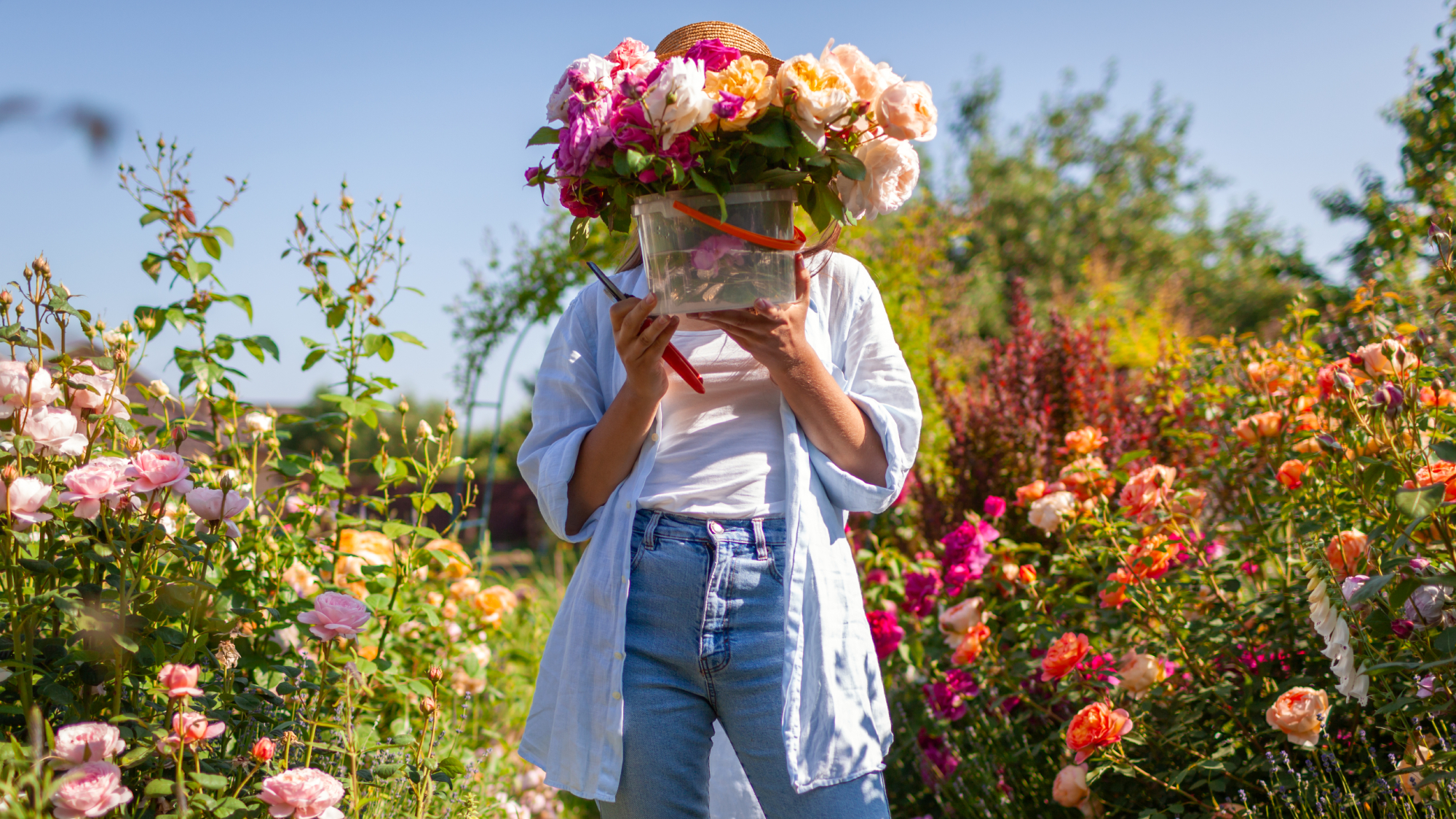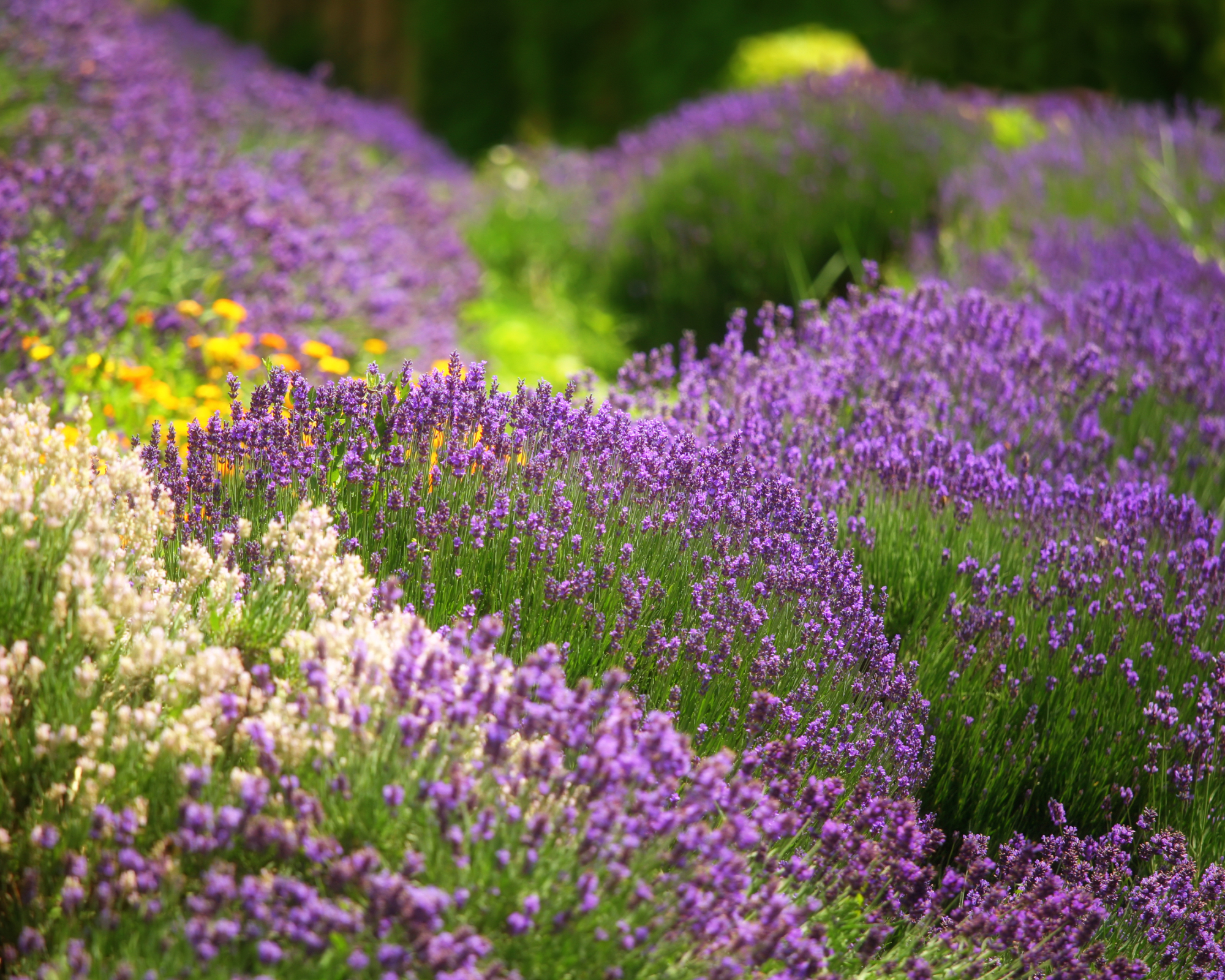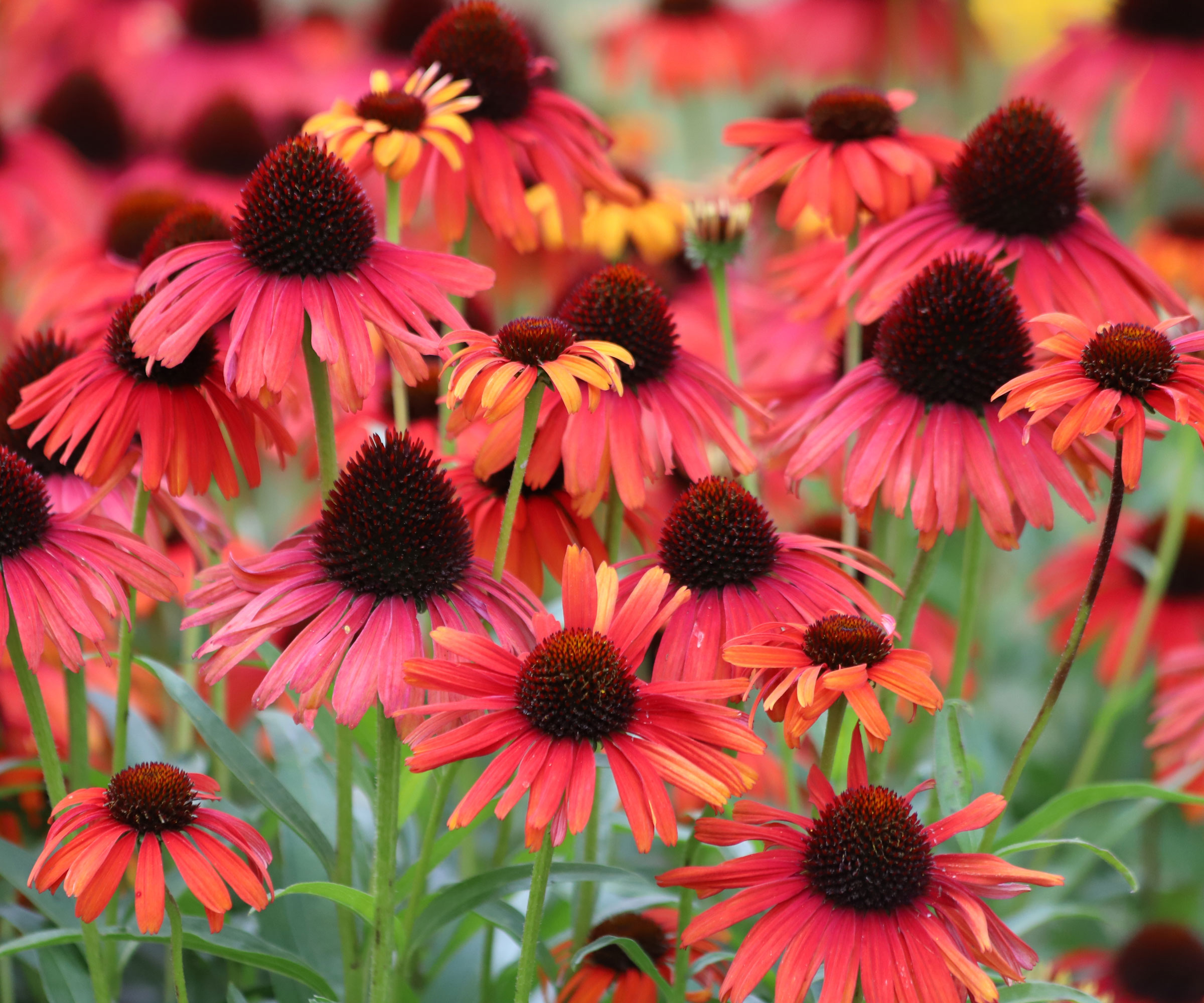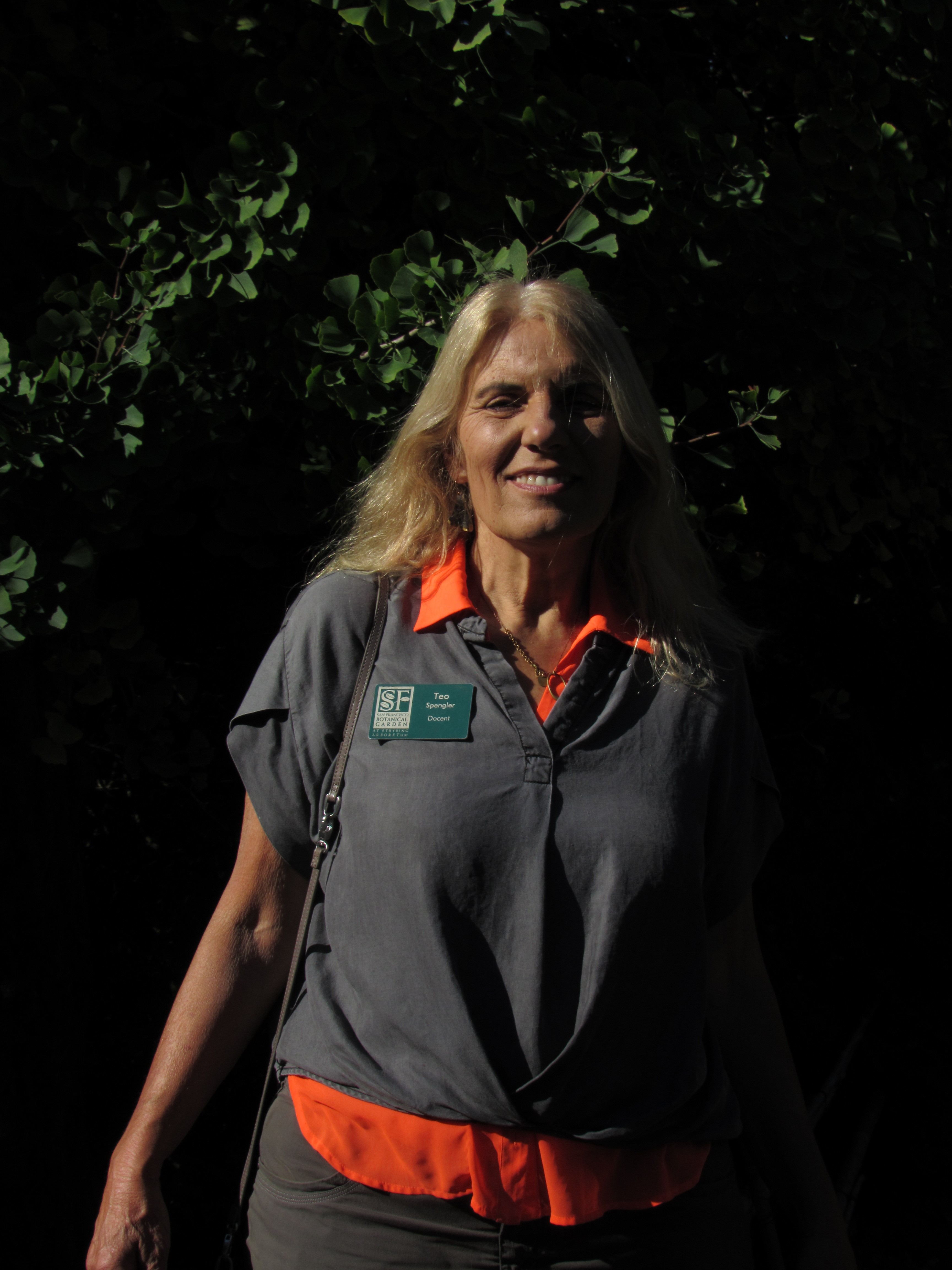Now Is the Perfect Time to Plan Your Perennial Cutting Garden – Plus, You Can Start These 3 Seeds Indoors Today
Grow a perennial cutting garden that provides you with year after year of beautiful bouquets. A plant expert shares her top tips to help you get started now.


There are many different kinds of gardens you can put into your landscape, from herb gardens and veggie plots to pollinator gardens and berry patches. Each serves a practical purpose. But only one type of garden is based on pure self-indulgence: the perennial cutting garden.
Most agree that cut flower bouquets are a luxury, not a necessity. But I would argue that life is too short to deprive yourself of the joy of cutting fresh flowers and displaying them in a vase in your home.
Even though we’re heading into winter and it seems like all the gardening is done for the year, now is actually the perfect time to start planning your cutting garden full of perennial plants. I’ll show you how to plot out a garden that will give you years of blooms in a few simple steps. Plus, I’ll walk you through how to start three of my favorite flowers for a perennial cutting garden.
How to Start a Perennial Cutting Garden
Planning a perennial cutting garden doesn’t have to be complicated. I’ll walk you through how to grow a garden that will provide years of beautiful bouquets in just a few easy steps.
1. Pick a site
Planning a garden always starts with selecting a site. For a perennial cutting garden, you’ll need a full sun location with at least 6 hours of direct light. It’s best to place a cutting garden somewhere on the sidelines of your main garden, since the gorgeous, long-stemmed plants that will grow there are destined to be cut-and-come-again flowers for bouquets.
2. Work and amend the soil

Perennial plants grow best in well-drained soil. Be sure that the site is free of encroaching tree roots. Work the soil, removing weeds and rocks. Amend it with organic compost, like this one from Espoma, or from your own stash of homemade compost. Test the soil to determine if other amendments are necessary.
3. Select plants
Everybody has their favorite flowers, so be sure to include your own. But in general, go for perennial plants with tall, strong stems and flowers that last a long time. Supplement your perennials with some annual plants and foliage plants for variety.
Sign up for the Gardening Know How newsletter today and receive a free copy of our e-book "How to Grow Delicious Tomatoes".
Map out where each plant will go in the garden, putting plants together that have similar sun and water needs. Plan the planting to prevent tall perennials from throwing shade on shorter plants.
If you are not sure what to plant, consider these classic perennial flowers for your garden: black-eyed Susans, coneflowers, lavender, peonies, delphinium, yarrow, and salvia. Start planning your perennial cutting garden. Consider bloom time as you organize what to plant where. I like to lay out my plants in the order they will flower – in the beginning, the middle, or the end of the season.
If you are buying flower starts, do so in spring and plant soon after buying. If you are planting seeds indoors, count back from the last frost date in spring, then transplant the seedlings when all possibility of frost is gone.

4. Get ready to mulch
A good organic mulch will enrich the soil and also protect the soil. Mulching holds down weeds and helps to keep in moisture. Don’t spend a fortune. There are plenty of free magic mulch materials in your garden, like shredded leaves. Or you can buy inexpensive product like straw or an affordable organic mulch, like this one from Amazon.
3 Perennial Flower Seeds to Start Now
Preparing the perennial garden is necessary. But the fun part, of course, is planting the flowers. A fun way to dive into the joy of a perennial cutting garden right now is to start seeds indoors. Here are three species that are easy to start in the house over the winter.
1. Lavender

The best time to plant lavender seeds depends on whether you're growing them indoors or outdoors. When starting lavender seeds indoors (the preferred way), you should count back from the last date of frost according to the seed packet.
If you're starting lavender seeds outdoors, direct sowing should happen in spring, as soon as the ground can be worked. You can also plant lavender seeds outside in fall, if your winters are not too cold and wet.
To grow lavender seeds indoors, you’ll want to stratify them first. Place them in moist potting mix in a zipper bag, then leave the bag in the refrigerator for a month before planting.
Spread an inch of potting soil in a flat tray, then spray the soil with water. Place the lavender seeds on the top of the soil, pressing them gently against the soil. Cover them with plastic wrap and put in a window that gets lots of sun or under a grow light for 12 hours a day. Water daily with a mister. You should see seedlings in about four weeks.
Transplant seedlings when they are a few inches tall and keep the seedlings in the sun. When the last frost date is passed in spring, plant the seedling in the perennial cutting garden.
Shop lavender seeds for your cutting garden from Burpee.
2. Echinacea

The procedure for growing echinacea seeds indoors is similar to starting lavender. Many varieties benefit from the same process of stratification for a month.
After that, set up the planting tray with potting soil, and keep the soil moist and warm. Cover the tray with plastic wrap and place the tray in a sunny window or a full 12 hours or more under a grow light.
Transplant the seedlings when they are a few inches tall and keep the seedlings in the sun. When the last frost date is passed in spring, plant the seedlings outdoors in your new perennial cutting garden.
Explore echinacea plants and seeds from Burpee today.
3. Delphinium

To grow delphinium from seed indoors, follow similar procedures. Cold stratify the seeds for a few weeks in moist potting mix in the refrigerator. When this time is up, sow the seeds in a seed tray on an inch of potting soil, covering them lightly with more soil.
Do not place in the sun or under a grow light until the seeds germinate – a matter of 2-3 weeks. During this period, keep misting the soil to keep it moist or cover the soil with a moist newspaper. Once they germinate, remove the newspaper and move the planting tray to a sunny window or put it under a grow light for 12 hours a day or more.
Plant outside once the last frost has passed and once the seedlings develop their first set of true leaves. Fertilize with a balanced fertilizer, like this organic option from Amazon, after transplanting.

Teo Spengler is a master gardener and a docent at the San Francisco Botanical Garden, where she hosts public tours. She has studied horticulture and written about nature, trees, plants, and gardening for more than two decades, following a career as an attorney and legal writer. Her extended family includes some 30 houseplants and hundreds of outdoor plants, including 250 trees, which are her main passion. Spengler currently splits her life between San Francisco and the French Basque Country, though she was raised in Alaska, giving her experience of gardening in a range of climates.